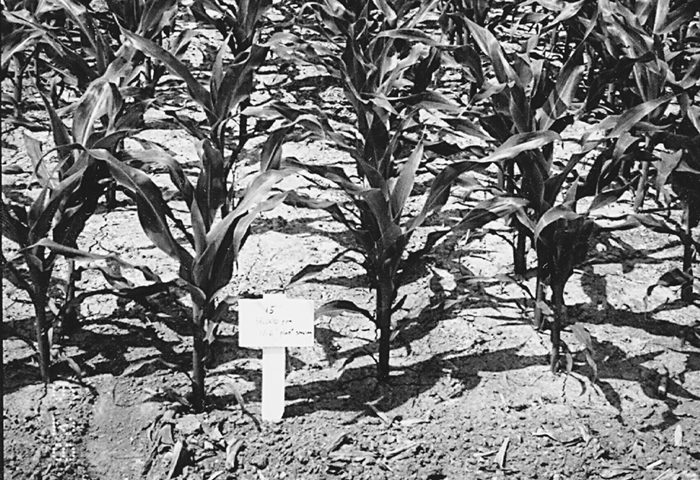No-Till Farmer
Get full access NOW to the most comprehensive, powerful and easy-to-use online resource for no-tillage practices. Just one good idea will pay for your subscription hundreds of times over.

Yield responses from ultra-narrow-row corn are no great miracle, says Bob Nielsen. The Purdue researcher, who was already conducting narrow-row corn studies in the 1980s, says these responses are a simple matter of crop canopy management.
At the Purdue Agronomy Farm in West Lafayette, Ind., Nielsen has demonstration plots with 15- and 30-inch row spacings and seeding rates of 30,000, 35,000 and 40,000 seeds per acre. Nielsen’s purpose in creating these plots is not to show off row spacings or populations, but to show the importance of crop canopy development.
“When you are talking about modifying row spacing or plant population, you are really talking about modifying crop canopy to maximize that canopy cover over the ground and capture all the sunlight in it,” Nielsen emphasizes. “This doesn’t become critically important until about two weeks before pollination. From that point forward, you need to be capturing all the sunlight you can.”
Whether no-tillers are achieving the desired 95-percent crop canopy closure largely depends on location. In Nielsen’s southern location, ultra-narrow-row corn yield responses average only 2 percent to 3 percent. He attributes this to excellent canopy closure before pollination.
“Here in Indiana, at this latitude at least, I can achieve that near-total crop canopy closing two weeks before pollination,” he says. “I can do that on 30-inch rows with final stands that are somewhere in the high 20s.
“I don’t see a response to 15-inch rows or a final stand that’s greater than 30,000. It’s simple crop canopy…